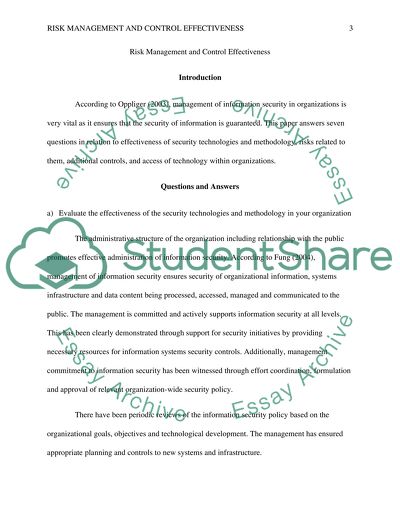Cite this document
(“Risk Management and Control Effectiveness Essay”, n.d.)
Risk Management and Control Effectiveness Essay. Retrieved from https://studentshare.org/information-technology/1607251-risk-management-and-control-effectiveness
Risk Management and Control Effectiveness Essay. Retrieved from https://studentshare.org/information-technology/1607251-risk-management-and-control-effectiveness
(Risk Management and Control Effectiveness Essay)
Risk Management and Control Effectiveness Essay. https://studentshare.org/information-technology/1607251-risk-management-and-control-effectiveness.
Risk Management and Control Effectiveness Essay. https://studentshare.org/information-technology/1607251-risk-management-and-control-effectiveness.
“Risk Management and Control Effectiveness Essay”, n.d. https://studentshare.org/information-technology/1607251-risk-management-and-control-effectiveness.


